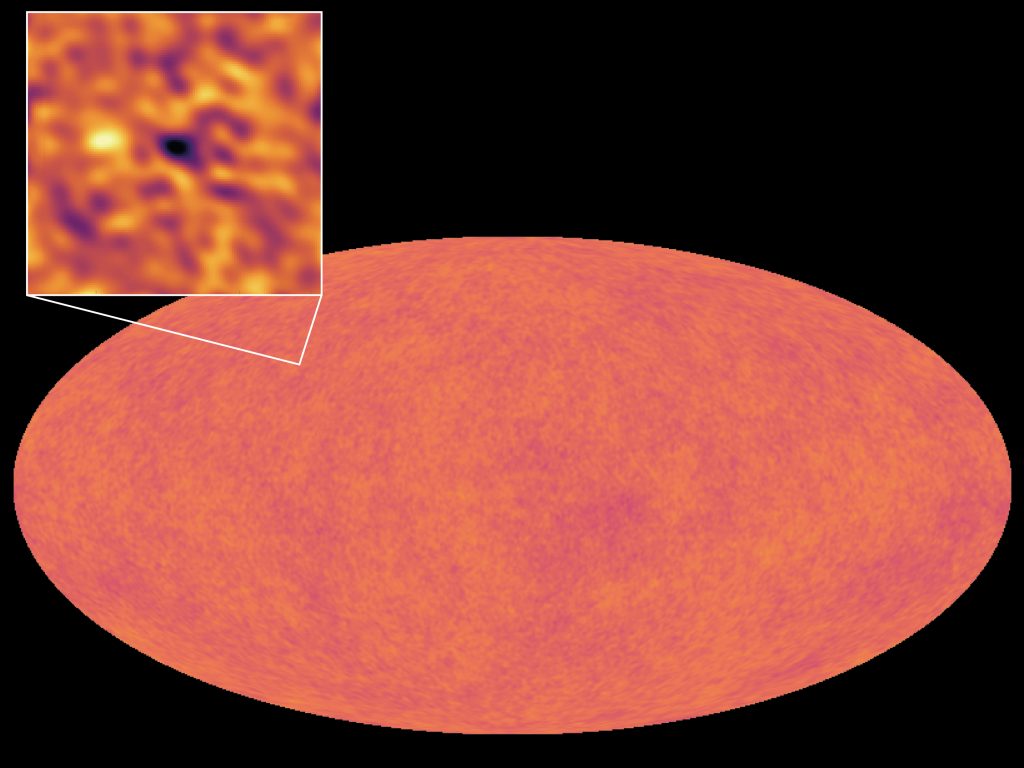¿Qué temperatura tenía el universo 880 millones de años después del Big Bang?
Hace 13.800 millones de años, el universo estaba más caliente que el calor. Luego se expandió y se enfrió, hasta los 2.725 Kelvin actuales, la temperatura de la radiación cósmica de fondo. Desde el momento en que se liberó la radiación cósmica de fondo hasta hoy, el universo se ha expandido por un factor de aproximadamente 1100. La radiación cósmica de fondo, que originalmente tenía una temperatura de unos 3.000 Kelvin y cuya radiación térmica, por tanto, se parecía en aquel momento a la luz de una lámpara halógena, se ha enfriado en el mismo factor. Por supuesto, todo…
